fungus gnat life cycle uk
The larvae feed on root hairs the stems of unrooted cuttings and organic material. The pests favor high temperatures making greenhouses garden centers and plants in heated homes popular sites for.
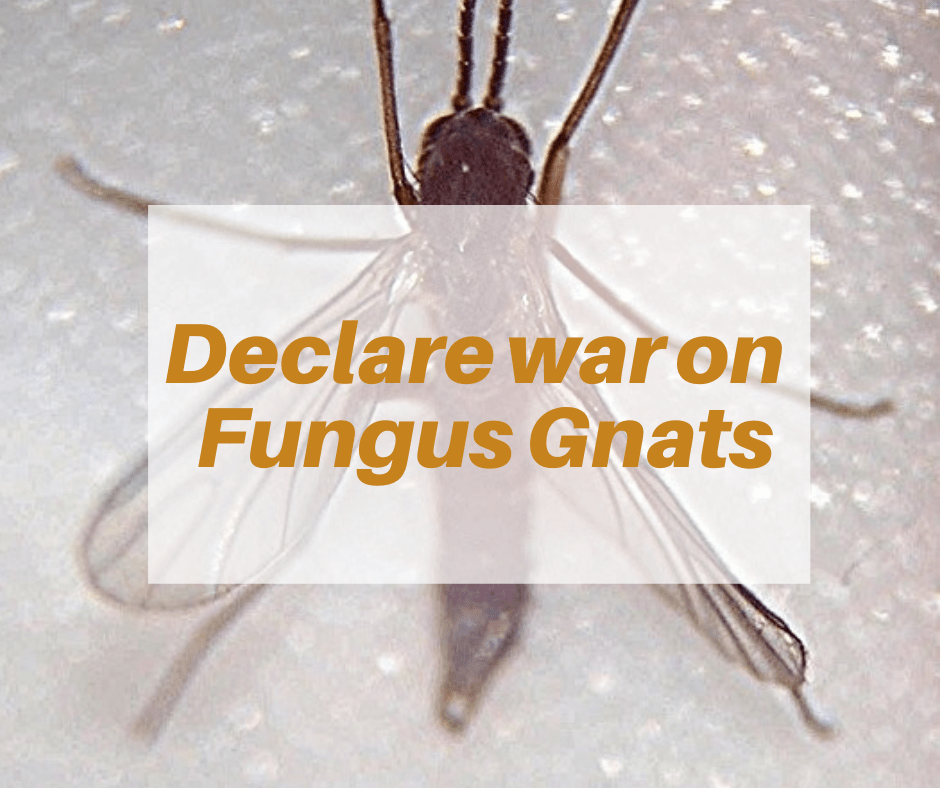
Get Rid Of Fungus Gnats On Your Houseplants Gardenologist
Female fungus gnats lay their eggs a few inches below the ground in warm moist soil.
. The fungus gnat life cycle consists of an egg four larval instars a pupa and an adult. After five to six days an adult emerges from the pupa with the life cycle completed within four weeks. Theres little point in only removing the adults as the eggs or larvae will only pick up where the predecessors left off.
Fungus gnat larvae feed and develop for about two weeks at 72oF. Serious fungus gnat damage is more common in greenhouses nurseries and sod farms. The first stage is to remove the larvae and THEN the airborne specimens.
A generation may be completed in 20 to 28 days depending on temperature. Fungus Gnat Life Cycle. Garden writer and blogger author of more than 60 gardening books the laidback gardener Larry Hodgson lives and gardens in Quebec City Canada.
Depending on the temperature the eggs hatch in about 5 days the larvae will emerge and begin eating to gather energy to fuel their transformation into adulthood. The Fungus Gnat life cycle consists of eggs four larval instar stages pupa and adult. Adults are winged approximately 3 to 4 mm 0011 to 0015 inches in length with long legs and antennae.
Fungus gnats develop through four stages. Fungus gnat larvae require 3-4 weeks or more before being full grown. The life cycle begins with the egg hatching in five to six days into a larva.
They produce many generations in a year. Fungus gnats quickly go through four stages of development. Similarly to Vine Weevils there are two stages to eliminate Fungus Gnats.
Fungus gnats grow through four life stages- egg larvae pupa and adult and produce many overlapping generations in just one year. The pupal stage lasts 3-4 days before young adults leave. Fungus gnat life cycle is 28 day.
This entire life cycle can occur in a single potted plant hosting several generations at once. The larvae feed on root hairs the stems of unrooted cuttings and organic material. At 70 -75 F these whitish-yellow eggs hatch in 3-6 days.
The females deposit eggs in the surface layer of the potting compost and these hatch within a few days under warm conditions. The tiny eggs and oblong pupae occur in damp organic media where females. They complete their life cycle in about four weeks depending on temperature and other environmental conditions.
The whole life cycle from laying of the eggs to adults dying off of old age takes place in 3-4 weeks total with the range changing depending on the local temperature. They can be found in small groups 10 or singly on surface soil or host plants. Life cycle The fungus gnats life cycle from egg to adult may be completed in as little as three to four weeks depending on temperature.
The adult survives for about a week and females lay up to 300 whitish-yellow eggs in damp organic media. Eggs are laid in cracks and crevices in the media surface and mature in four to six days. Adult fungus gnats usually live for only 4-5 days.
Fungus gnats have four developmental stages. The fungus gnat life cycle has 4 stages. The four larval instars then feed for about 2 weeks and usually pupate near the soil surface within a thread chamber.
Although larvae also feed on plant roots outdoors they dont usually cause serious damage. Biological cycle of fungus gnats. Tags Fungus gnat life cycle Fungus gnats How to control fungus gnats.
Fungus gnat larvae require 3-4 weeks or more. In most cases especially indoors fungus gnats are harmless. Fungus gnat life cycle Figure credit.
After 3-7 days in the pupal stage adults emerge and live for up to 8 days. The Damage They Cause. Fungus gnats develop in moist shaded areas in decaying organic matter such as leaf litter.
It takes about three days and a temperature of 75 degrees Fahrenheit for the eggs to hatch. Adults tend to congregate near the growing medium. Photograph courtesy of Raymond Cloyd Kansas State University.
Life Cycle and Description. The Laidback Gardener blog offers more than 2500 articles to passionate home gardeners always. The adult female fungus gnat will lay more than 200 eggs in damp soil.
Fungus gnats develop through four stagesegg larva with four larval stages or instars pupa and adult. Although adult fungus gnats only live an average of 10 days females lay approximately 150 eggs in their lifetime. Infestations and the Fungus Gnat Life Cycle.
Fungus gnats living in the soil often travel indoors on potted plants or cut garden flowers. During their one to two weeks of life the. Reproduction and Life Cycle of Fungus Gnats.
Egg larvae four larval stages or instars pupa and adult. Larvae feed for 10 to 14 days and then change into pupae in the soil. Know your enemy before treatingeradicating.
Within 4-6 days tiny larvae emerge and begin feeding on plant roots during their two week lives. Adults live about one week and lay up to 300 eggs in rich moist soils. The larvae feed on fungal growth and decaying plant material but some species can also damage the roots of seedlings or tunnel into the base of soft cuttings.
In homes populations quickly grow out of hand. Larva - There are 4 larval stages characterized by a black head capsule. With indoor infestations there will typically be continuous reproduction and overlapping generations with all life stages likely to be found.
Reproduction and Life Cycle of Fungus Gnats. Raymond Cloyd Kansas State University. Gnat Life Cycle Egg.
Larvae have a small black head and a thin white or see-through body. Adult females deposit 30 to 200 whitish-yellow eggs singly or in clusters in crevices or cracks on the surface of growing media and in moist organic debris. The eggs are oval shiny white semi-transparent and extremely small.
Egg - Eggs are laid by adult females into the cracks and crevice of most soil not directly on the soil surface. You would have been better off spreading your treatment over a two week period. Pupation occurs in the soil.
As a result residents will soon notice adult Fungus gnats swarming. Fungus gnats can breed all year round in greenhouses and houses. They deposit the eggs directly onto food sources like damp plant soil.
In total 21- 40 typically 21-27 days dependent on substrate and air temperature are necessary to complete the entire life cycle. Prepare a room ideally small where there arent any Gnats or plants present. The eggs take approximately four to six days to hatch.
Eggs larvae pupae and adults. Females lay eggs in soil cracks along surface. Hatching within a week fungus gnat larvae feed for up to two weeks before pupating and adults emerge approximately a week later.
The pests produce several generations each year and dont require much time to mature.
Fungus Gnats Sciarid Flies Rhs Gardening
Fungus Gnats How To Identify And Get Rid Of 2022
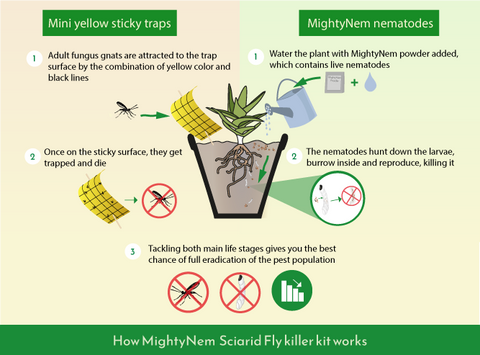
Fungus Gnats How To Identify And Get Rid Of 2022

60 Sqm Sciarid Fly Fungus Gnat Nematodes Nemasys Fruit Veg Ladybirdplantcare Co Uk
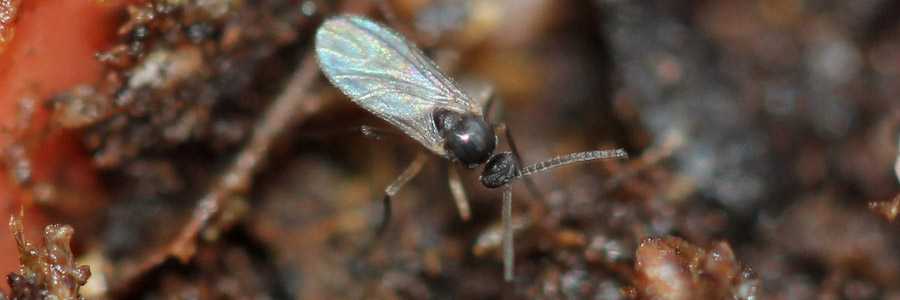
Fungus Gnats Pests Diseases Canna Uk

Fungus Gnats And Coco Coir Manic Botanix
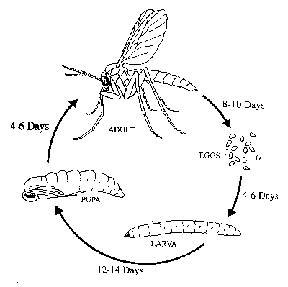
Fungus Gnats As Houseplant And Indoor Pests 5 584 Extension
Fungus Gnats Sciarid Flies Rhs Gardening
How To Get Rid Of Fungus Gnats On Houseplants Garden Fundamentals
The Ultimate Guide To Killing Fungus Gnats Plantadvice Co Uk

Step By Step Guide On Killing Fungus Gnats For Good

Fungus Gnats How To Identify And Get Rid Of 2022
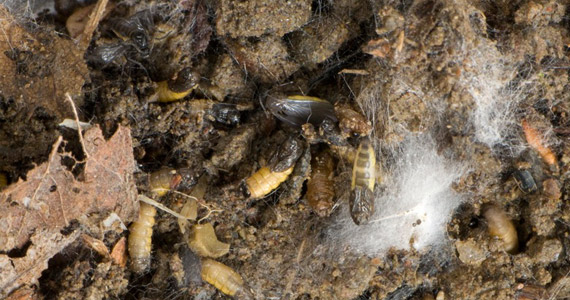
Fungus Gnats Pests Diseases Canna Uk

Bbc Gardening Advice Pest And Disease Identifier
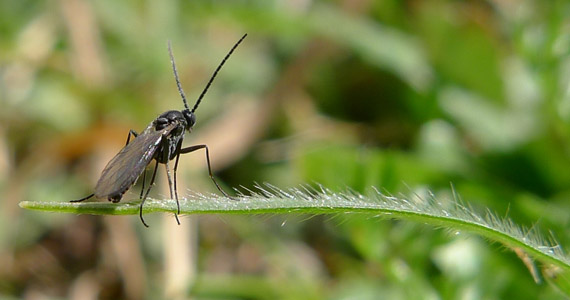
Fungus Gnats Pests Diseases Canna Uk

60 Sqm Sciarid Fly Fungus Gnat Nematodes Nemasys Fruit Veg Ladybirdplantcare Co Uk

Fungus Gnat Barrier And Fungus Gnat Control No Gnats From Lava Lite Naturally The Best

